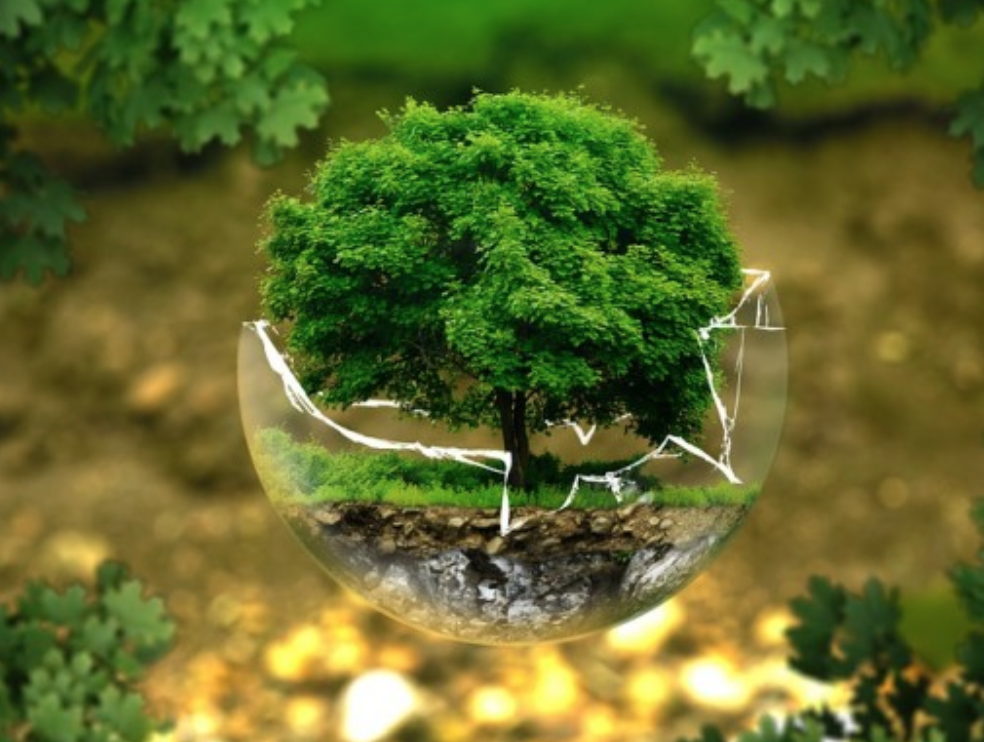The Environmental Protection of Interlining Fabric
2023-04-23.
As people's environmental awareness continues to increase, more and more consumers are paying attention to purchasing products made from environmentally friendly materials. In daily life, one of the materials we often use is interlining fabric. Interlining fabric is a versatile textile used in the production of clothing, home goods, handbags, and more. However, it is necessary to recognize the environmental protection issues related to interlining fabric and choose more environmentally friendly interlining fabric products.

The environmental protection issues of interlining fabric mainly involve two aspects: raw materials and production processes. Many traditional interlining fabric products use synthetic fiber materials, which are typically made from petroleum and other chemical substances. Although this material is low-cost, it can release harmful substances during production and use, which poses a threat to human health and the environment. In addition, the traditional production process of interlining fabric also emits a large amount of carbon dioxide and other harmful substances, which negatively impacts the environment.
Therefore, it is necessary to choose more environmentally friendly interlining fabric products. Environmentally friendly interlining fabric typically uses natural fiber materials such as organic cotton, bamboo fiber, hemp, etc. These materials have relatively environmentally friendly collection and production processes, which do not pose a threat to human health and the environment. Additionally, environmentally friendly interlining fabric typically uses more environmentally friendly production processes and technology, reducing the emission of harmful substances.
Choosing environmentally friendly interlining fabric has many benefits. First, they are more friendly to human health. Environmentally friendly interlining fabric does not release harmful substances, reducing harm to the human body. Secondly, environmentally friendly interlining fabric is more friendly to the environment. Using environmentally friendly interlining fabric can reduce pollution and damage to the environment, contributing to our planet. Additionally, many environmentally friendly interlining fabric products have longer lifetimes and better quality, providing us with a better user experience.

When purchasing interlining fabric products, we should choose environmentally friendly interlining fabric. We can consider the following aspects:
Raw materials: Choose interlining fabric products made from natural fiber materials such as organic cotton, bamboo fiber, hemp, etc.
Production process: Choose interlining fabric products that use more environmentally friendly production processes and technology.
Quality: Choose interlining fabric products with longer lifetimes and better quality, reducing resource waste and environmental pollution.
In conclusion, choosing environmentally friendly interlining fabric can protect our health and the environment, and we should consider the aspects mentioned above when making a purchase.